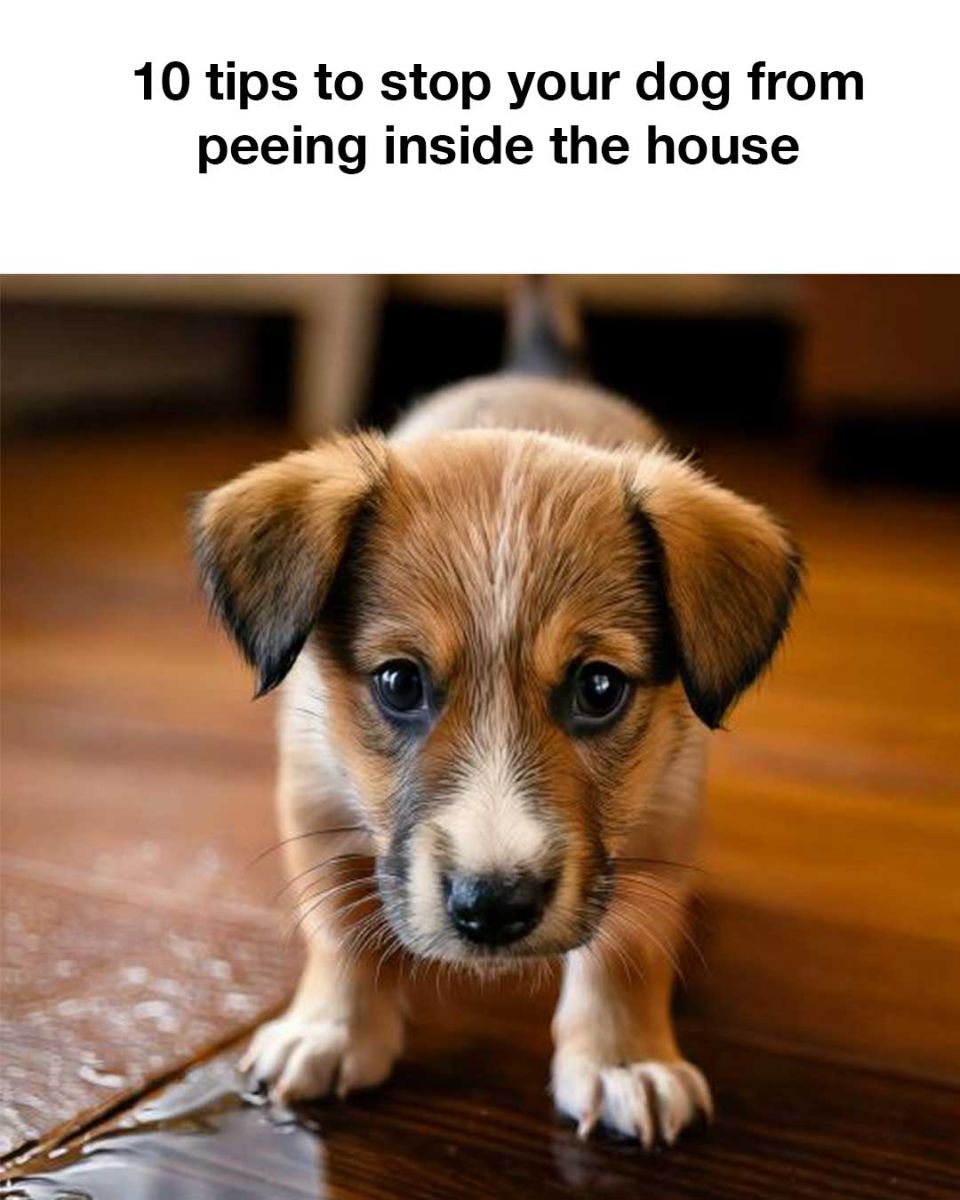Tried so many things that don’t seem to work
McKayla Davis
Contributing Writer
Print this recipe
House training a beloved dog can be a challenging task, but with patience and the right approach, it can be done effectively. Understanding and addressing the reasons behind indoor peeing not only helps in keeping your home clean but also strengthens the bond between you and your pet. In this article, we provide ten practical and effective tips to prevent your dog from peeing inside the house, ensuring a harmonious living environment for all.
Understanding Why Dogs Pee Indoors
Dogs may urinate indoors for various reasons, such as lack of training, anxiety, marking territory, or medical issues. Puppies, for instance, may not yet have learned where and when it’s appropriate to relieve themselves, while older dogs might be experiencing incontinence or other health problems. Understanding these motivations is crucial to addressing the issue appropriately and compassionately.
Establishing a Consistent Routine
Dogs thrive on routine and structure. Establishing a consistent schedule for feeding, walks, and bathroom breaks helps your dog understand when and where they should relieve themselves. Take your dog out at the same times every day, such as after meals, first thing in the morning, and before bedtime, to create a reliable pattern they can follow.
Creating a Designated Outdoor Bathroom Area
Designate a specific area in your yard as the bathroom spot. Take your dog to the same spot every time you go outside to promote familiarity and habit. The scent left behind will also cue your dog that this is the proper area for their bathroom needs, reinforcing the behavior.
Using Positive Reinforcement for Success
Reward your dog with praise, treats, or playtime immediately after they successfully relieve themselves outside. Positive reinforcement helps build an association between the act of going outside and receiving rewards, encouraging them to repeat the behavior.
Monitoring Water Intake and Timing
Keep an eye on your dog’s water intake, particularly following meals or play. While it’s important not to restrict water access, knowing when your dog drinks can help you anticipate when they’ll need to relieve themselves, allowing you to take them outside promptly to avoid accidents.
